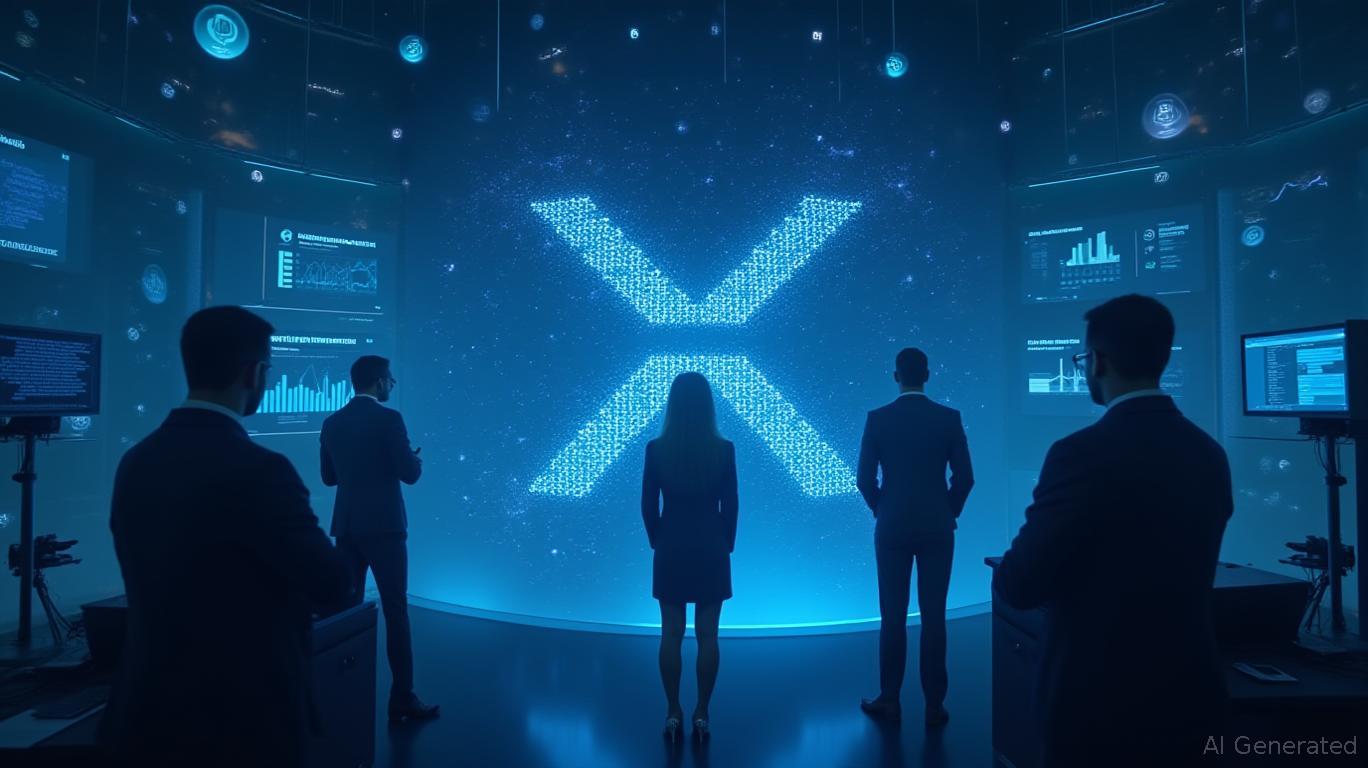XRP News Today: Ripple's XRP Ledger Outperforms Bitcoin, Ethereum in Financial Transactions
Ripple's Chief Technology Officer, David Schwartz, has outlined the unique advantages of the XRP Ledger (XRPL) over Bitcoin and Ethereum, emphasizing its suitability for financial systems. Schwartz highlighted that XRPL is designed to address the inefficiencies of Bitcoin, offering rapid transfers and low costs. Unlike Ethereum, XRP is built to avoid the issue of unclear value accrual, ensuring that it has a distinct and valuable role in the financial ecosystem.
Schwartz began by contrasting XRP’s goals with those of its predecessors. Bitcoin, he said, was created as a way to store and transfer value. “That’s useful,” he added, “but that’s about all it does.” Its strength lies in its simplicity and security, but that also limits its flexibility when compared to XRP. Ethereum took the opposite approach by enabling smart contracts and decentralized application development. It allowed anyone to build and deploy apps directly on the blockchain, creating a highly programmable but complex system. This turned Ethereum into a general-purpose platform, but one that comes with unpredictable transaction fees and performance bottlenecks.
XRP was designed to operate between those two extremes, being less rigid than Bitcoin, but more focused than Ethereum. It wasn’t trying to build an open app ecosystem. It was built specifically to optimize payments and related financial functions. As a result, many market participants believe Bitcoin and Ethereum can’t compete with XRP in the payment space.
From its launch, XRP prioritized fast transaction finality, low and predictable fees, and enterprise-level integration capabilities. Schwartz emphasized that these were not afterthoughts or side benefits, but were central to the network’s architecture. Ripple CEO Brad Garlinghouse previously stated that XRP was designed by engineers who recognized Bitcoin’s flaws, and this focus allows the
to meet the needs of , payment processors, and developers building financial tools.Its performance characteristics have made it attractive to institutions for cross-border payments, real-world asset (RWA) tokenization, and many other services, especially in environments where reliability and cost control are non-negotiable. Rather than chasing general-purpose blockchain use cases, XRP maintains a tight focus on financial applications. The digital asset was not designed to do everything, but that’s precisely why it does its job well.
Ripple's strategy leverages crypto-based liquidity to facilitate faster and more efficient institutional value transfers. This approach aims to counter the traditional banking system’s challenges, particularly for cross-border transactions. The XRPL settles transactions within seconds, compared to the 1-5 days it can take for traditional systems. This speed and cost advantage makes XRP an attractive option for institutions looking to move large amounts of capital quickly. Additionally, XRP’s lower transaction fees compared to SWIFT could lead to significant cost savings for banks and financial institutions.
Schwartz also emphasized the strategic importance of Ethereum Virtual Machine (EVM) compatibility, which will open the XRP Ledger to a wide pool of developers already building on Ethereum. This compatibility is expected to further enhance the XRPL's capabilities and attract more users to the platform. The XRP Ledger has already processed more than 3.3 billion transactions with 6 million active wallets, demonstrating its growing adoption and utility in the financial sector.
Ripple's CEO, Brad Garlinghouse, made a bold prediction at the XRP Ledger Apex 2025 conference. He projected that the XRPL could capture 14% of SWIFT’s global liquidity within the next five years. Garlinghouse underscored the importance of liquidity solutions in revolutionizing global finance, stating that the key to dominating global finance lies in controlling the movement of capital. He posited that SWIFT has two parts: messaging and liquidity, with liquidity being the more powerful component. If XRP drives the liquidity layer, it stands to gain significantly.
However, SWIFT remains the dominant player in cross-border payments, with an established network and widespread adoption. To capture a significant share of the global liquidity market, XRPL will need to demonstrate its ability to scale and meet the demands of a rapidly growing global economy. The increasing concerns over the high cost and slow speed of traditional payment systems have led to a growing interest in Ripple’s integration with SWIFT. The community has been eagerly awaiting this development, with many hoping that XRP could become the superior version of SWIFT.


Comments
No comments yet